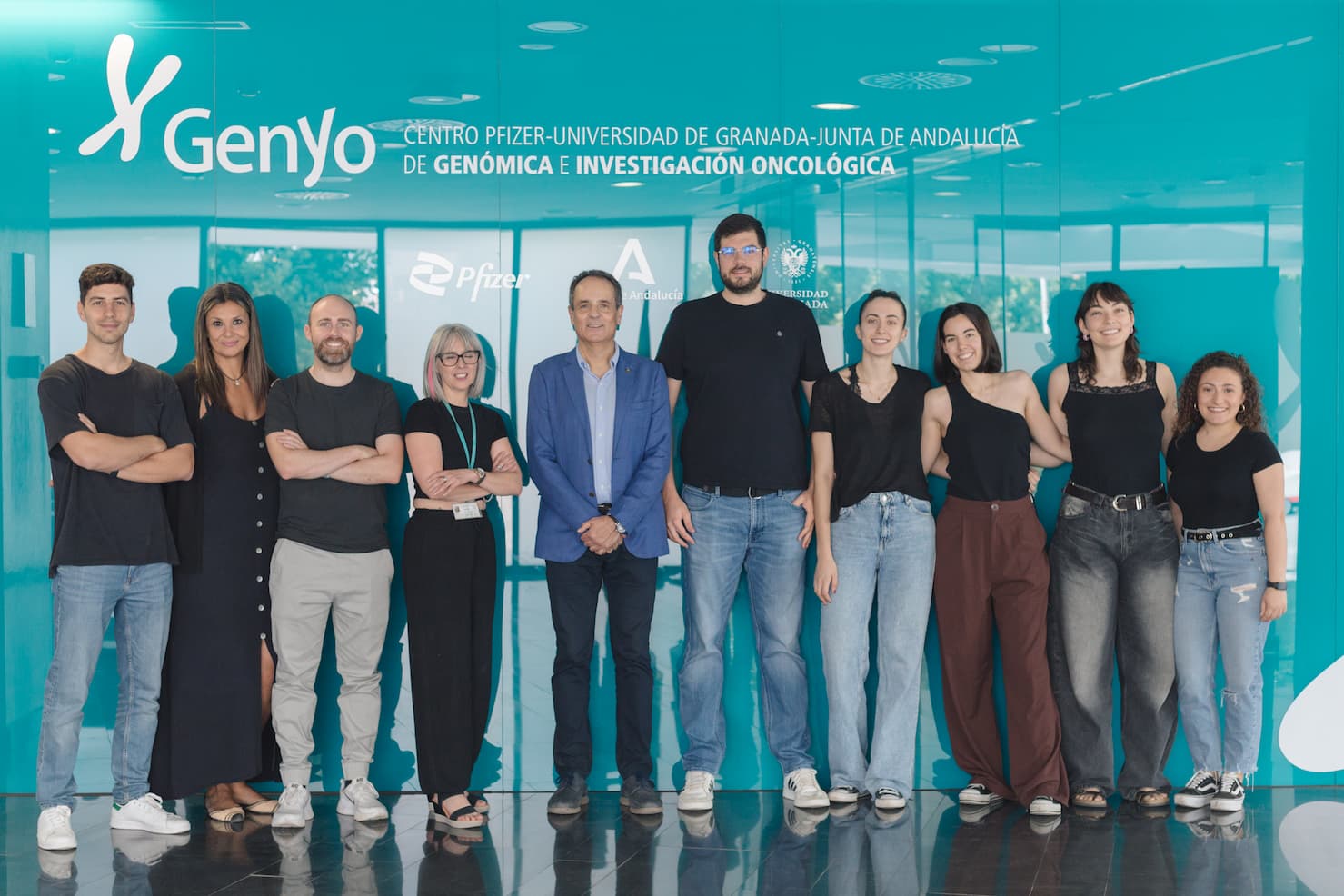The potential application of stroma modulation in targeting tumor cells: focus on pancreatic cancer and breast cancer models.
Authors: Roscigno G, Jacobs S, Toledo B, Borea R, Russo G, Pepe F, Serrano MJ, Calabrò V, Troncone G, Giovannoni R, Giovannetti E, Malapelle U
05/2025 - Seminars in cancer biology








